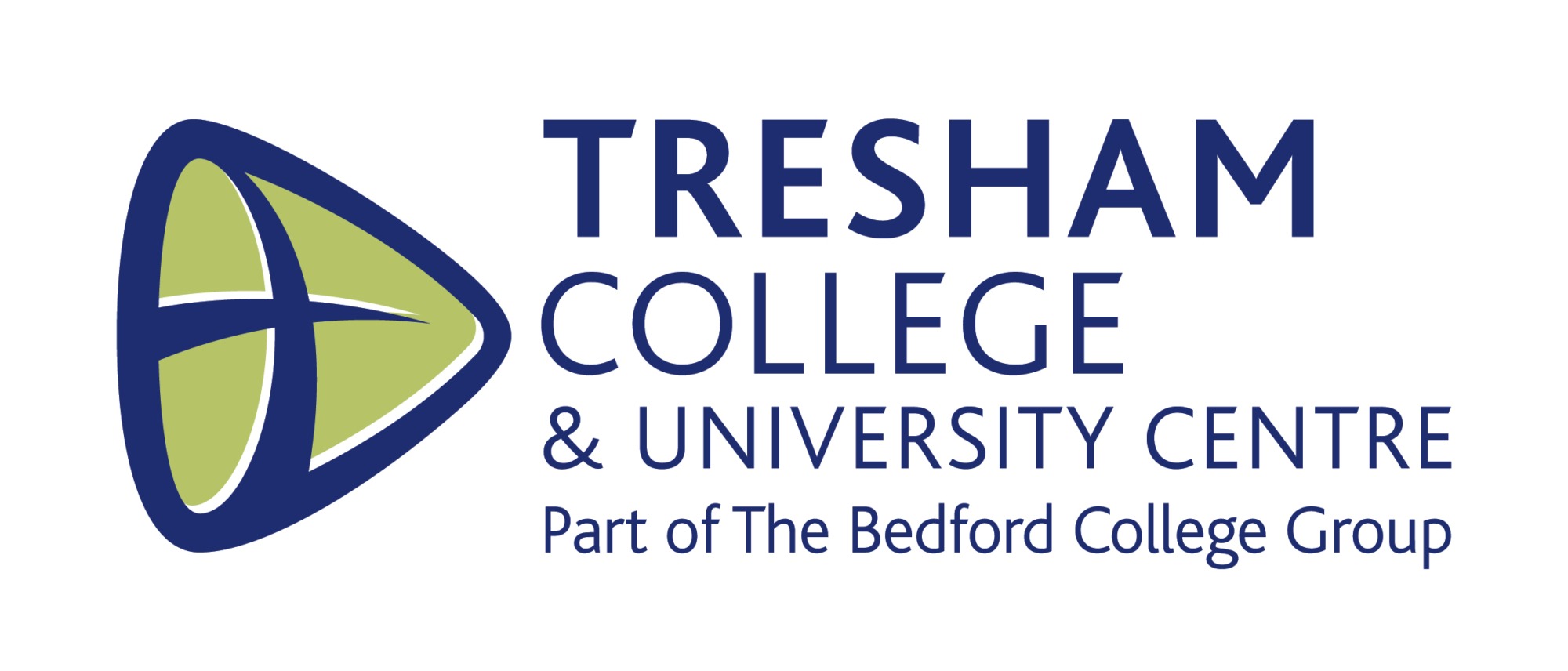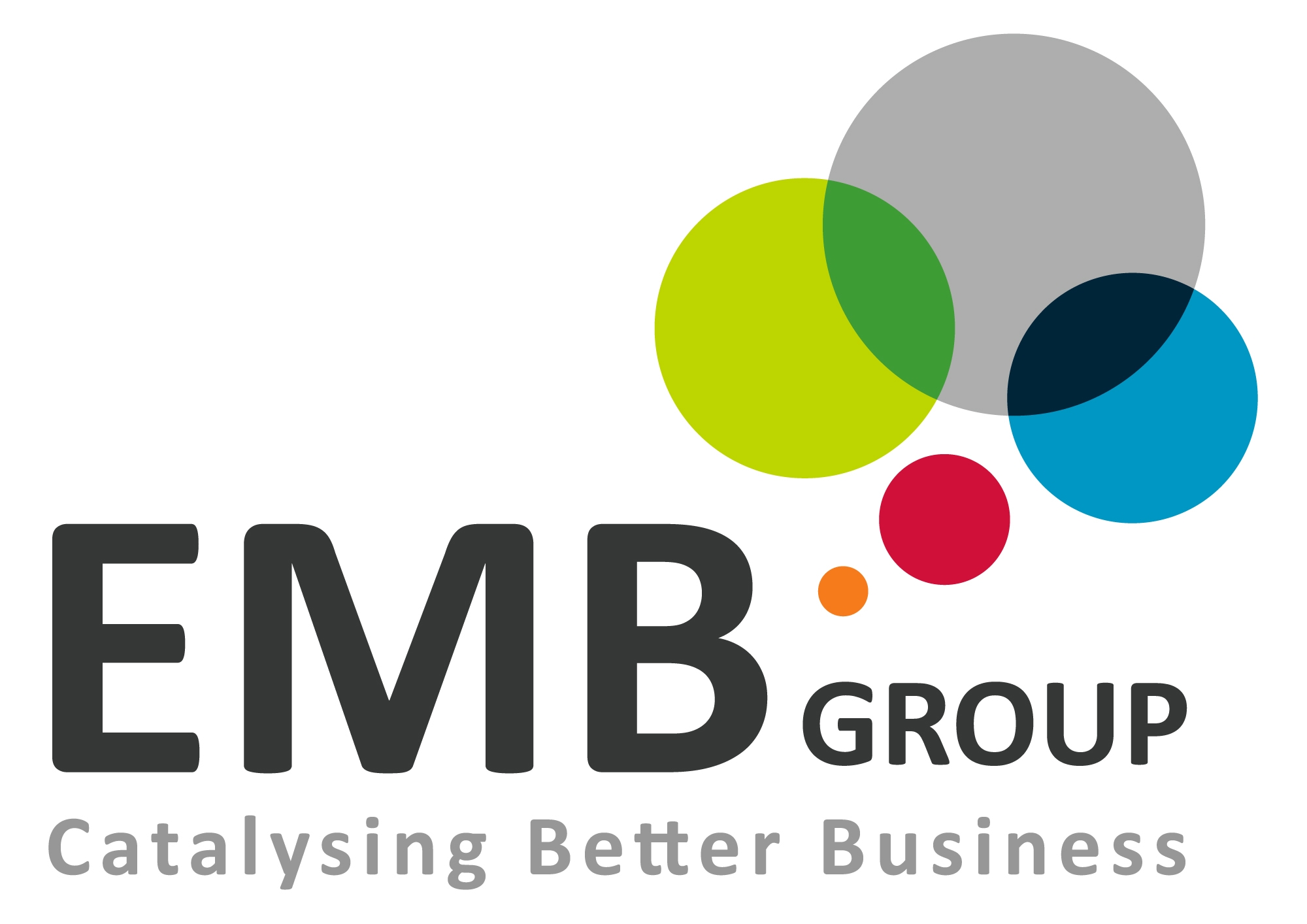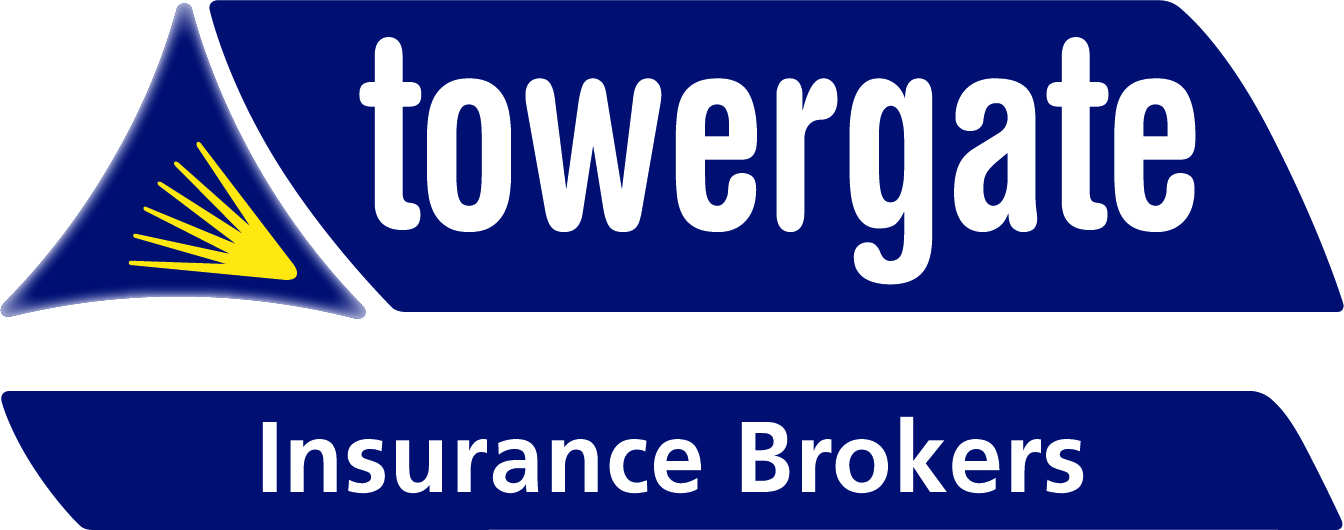

TAX-EFFICIENT INVESTMENTS FOR HIGHER-RATE TAXPAYERS
Blogs
There are many tax-efficient investments for higher-rate taxpayers but not all of them are suitable for all investors. This is because some of the most tax-efficient investments are higher risk and above most people’s appetite for investment risk. Nonetheless, such investments are suitable for investors who understand the potential risks and rewards of such tax-efficient investments and where it meets their needs and objectives. There are five tax-efficient investments for higher-rate taxpayers I will cover in this blog.
Enterprise Investment Scheme (EIS)
EIS investments are investments in unquoted, smaller companies shares. They are considered high risk because such shares are not listed on a recognised stock exchange, they are illiquid, they are small businesses, usually start-ups, and they may have to be owned for a long time before they either raise capital through a stock market listing, get sold or raise money from a venture capital company. Whilst technically they could in theory be sold after 3 years, in practice you may need to own the shares for 7-8 years on average before you receive the total disposal proceeds.
The tax advantages of EIS are numerous and generous.
- 30% Income Tax relief on investment.
- EIS tax relief can be carried back one tax year.
- The maximum investment is £1 million unless it is a so-called Knowledge Intensive EIS in which case the maximum investment is £2 million.
- Income Tax loss relief, if applicable, is available on exit.
- Free of Inheritance Tax (IHT) after two years.
- Free of Capital Gains Tax on sale.
- Potential to defer capital gains from other sources by re-investing the gains into an EIS investment.
- Some companies offer a portfolio of EIS investments which reduces the risk.
You only receive tax relief once the company starts trading and it is approved by HMRC at which point you will receive EIS qualifying certificates from HMRC known as EIS5 forms which you or your accountant needs to send to HMRC to make your claim for Income Tax relief. There will typically be delays of around 9 months in claiming EIS tax relief.
Seed EIS (SEIS)
SEIS is even higher risk than EIS.
- The maximum you may invest is £100,000 in a tax year.
- You can claim up to 50% Income Tax relief.
- Your investment grows tax-free.
- You can claim up to a maximum of 50% Capital Gains Tax reinvestment relief.
- Free of Inheritance Tax after two years.
- Income Tax loss relief, if applicable, is available on exit.
SEIS is considered higher risk than EIS because investment is made into even smaller companies than EIS. The same risks apply to SEIS as EIS which are summarised in the first paragraph of EIS above.
Venture Capital Trust (VCT)
Not as tax efficient as EIS and SEIS but it does have its own unique advantages.
- A maximum of £200,000 may be invested into a VCT annually.
- Investment minimum of 5 years.
- 30% Income Tax relief on investment.
- Income Tax relief can be obtained very quickly unlike EIS on issue of the VCT tax relief certificate.
- Dividends of typically 3%-5% a year are tax-free.
A VCT is a fund which invests in a diversified spread of smaller companies which makes it lower risk than EIS or SEIS which are usually single company investments.
Whilst tax benefits are excellent VCTs suffer from high charges and investment performance is usually quite disappointing. Many VCTS are set up to give you high tax-free dividends, 30% Income Tax relief on investment and a return of capital. In reality, the tax-free dividends include an element of capital growth which is converted into tax-free dividends.
Because VCTs are invested in smaller companies they are considered higher risk.
The secondhand value of VCTS is lower because investors in such VCTs do not receive 30% Income Tax relief.

AIM ISAs
AIM ISAs invest in shares on the Alternative Investment Market (AIM) which is the secondary market to the London Stock Exchange. They are considered higher risk because AIM shares are smaller company shares and they are less liquid than shares quoted on the London Stock Exchange. Their shares tend to be more volatile than shares quoted on the main market. An AIM share could become worthless if the company were to fail. However, they have a number of tax advantages.
- They are free of Income Tax and Capital Gains Tax.
- After two years of ownership, AIM ISAs are free of Inheritance Tax assuming the shares continue to qualify for 100% business relief.
- You can access your investment at any time, both income and capital.

Business Relief Qualifying Investments
There are many investments that qualify for 100% business relief against IHT. All of the tax-efficient investments covered in this blog potentially qualify apart from VCTs.
One of the most popular business relief qualifying investments is the so-called ITS or Inheritance Tax Service which is offered by a number of companies. Read this blog regarding the Puma Heritage Estate Planning Service scheme I wrote about last year:
https://wealthandtax.co.uk/how-to-save-inheritance-tax-when-your-life-expectancy-is-low/
Whilst it is technically a higher-risk investment in practice the risk is relatively low.
None of the investments described in this blog are covered by the Financial Services Compensation Scheme, FSCS, which is worth up to £85,000 per provider group. This is another reason why they are described as high-risk.
So to summarise, there are a number of tax-efficient investments for higher-rate taxpayers which are undoubtedly higher risk but offer potentially high returns together with great tax efficiency. As ever it is important to get professional advice before you consider investing in any of these investments. Remember to not let the tax tail wag the investment dog! You know it makes sense.*
*RISK WARNING
Venture capital trusts (VCTs) and enterprise investment schemes (EISs) are higher-risk investments so you should always take professional advice before investing in them. The value of investments can fall as well as rise. You may not get back what you invest. The information contained within this blog is for guidance only and does not constitute advice which should be sought before taking any action or inaction. All information is based on our current understanding of taxation, legislation, regulations and case law in the current tax year. Any levels and bases of relief from taxation are subject to change. Tax treatment is based on individual circumstances and may be subject to change in the future. This blog is based on my own observations and opinions.
Chartered and Certified Financial Planner
Managing Director of Wealth and Tax Management
If you are looking for expert guidance in Financial Planning contact Wealth and Tax Management on 01908 523740 or email wealth@wealthandtax.co.uk


















